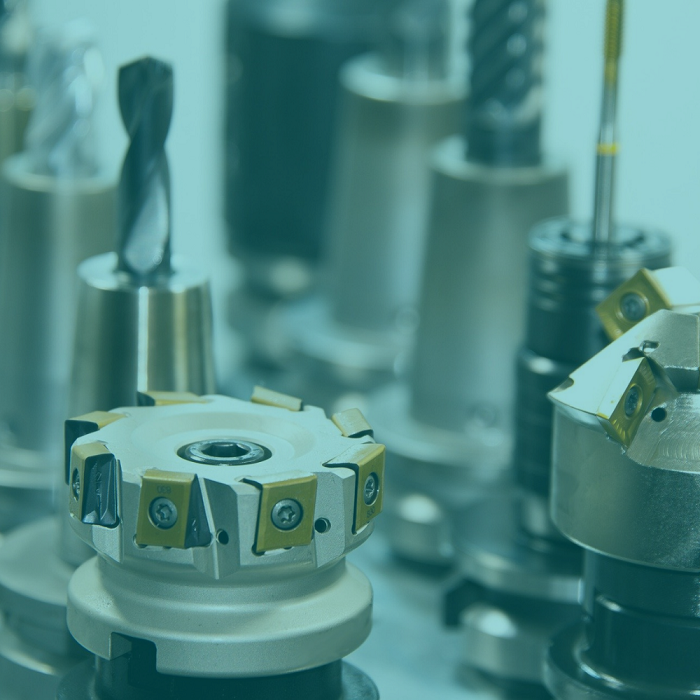

Mardiyati
Padi is one of the main food needs in Indonesia with a total production of 70 million tons per year. Of the total number of rice produced, at least 14 tons of rice husk waste will be produced which will be a waste that is less utilized in Indonesia [1]. In general, rice husk waste is composed of lignocellulose and silica, so that rice husk has the potential to be used by sincerity [2]. Silica is one of the important inorganic ingredients that can be utilized in various applications, one of which is the raw material for making Mesoporous TiO2 on DSSC. At present, DSSC is one of the alternative technologies that can be used to assist in meeting Indonesian and world energy needs. In general, there are several important parts of the dye-sensitized solar cell (DSSC) component, including FTO Glass, Mesoporous TiO2 (anode), Dye, Hole Transport Material (HTM) and Cathode (Thin AG, AU, AU and others ) [3]. SiO2 is proven to be able to increase the conductivity of TIO2 electrons commonly used as Mesoporous Layer in DSSC. In this study, a study would be conducted in making TiO2 / SiO2 nanoparticle composites as Mesoporous Layers for DSSC. SiO2 will be extracted from rice husk and will be mixed with titania nanoparticles. By utilizing silica originating from rice husk waste, it is expected to increase the value of the use of rice husk waste and can be used as a DSSC that can be useful in meeting energy needs for the Indonesian people.